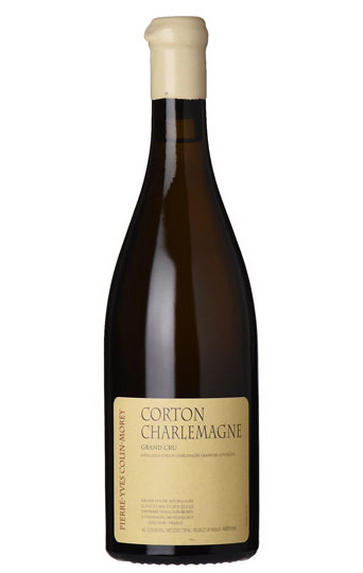
2018 Corton-Charlemagne, Grand Cru, Pierre-Yves Colin-Morey, Burgundy
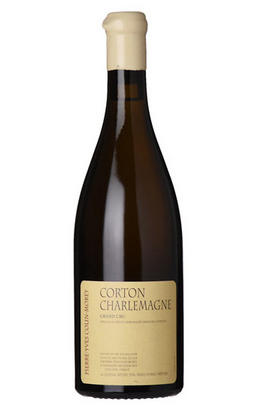
About this WINE
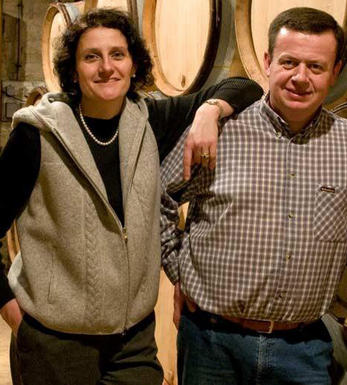
Maison Pierre-Yves Colin-Morey
Domaine Pierre-Yves Colin-Morey is based in the wine appellation of Chassagne-Montrachet in Burgundy. The eldest son of Marc Colin, Pierre-Yves worked at the family domaine from 1994 to 2005. Meanwhile, with his wife Caroline (née Morey) he had established a négociant business in 2001 under the name Colin-Morey. After the 2005 harvest he left the family domaine, taking with him his six-hectare share of the vineyards, which now form part of the Colin-Morey label.
This does not differentiate between wines from its own vineyards and those from purchased grapes. Pierre-Yves’s techniques have evolved since leaving the family domaine, in part in response to the problem of premature oxidation. There is no more battonage and the cellar is no longer heated to encourage the malolactic fermentation.
The wines are kept in barrel longer (the barrels are from François Frères and Chassin, with about one third new wood, including 350-litre casks), the St-Aubins being bottled before the next harvest but the remainder being kept on lees for up to 18 months. The bottles are sealed with wax on top of corks which have not been treated with peroxide.
His own vineyards are mostly to be found in the wine appellation of St-Aubin, including premiers crus Chatèniere, Champlots and Remilly, and Chassagne-Montrachet: village Ancegnières and premiers crus Chenevottes and Caillerets.
However the full range of wines from purchased grapes covers wines from Puligny-Montrachet, Meursault and the grand crus as well, including very fine Bienvenues-Bâtard-Montrachet and weightier Bâtard-Montrachet.
Jasper Morris MW, Inside Burgundy - The Book
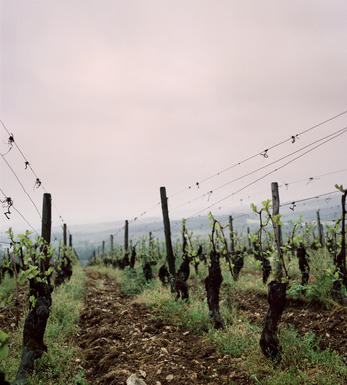
Corton-Charlemagne
There are two specific Charlemagne vineyards, En Charlemagne and Le Charlemagne, making up half the Corton-Charlemagne appellation, while white grapes grown in seven other vineyards (see list below) may also be sold as Corton-Charlemagne. As a result there can be a wide divergence in style between a south-facing location such as Pougets, which needs picking right at the start of the harvest, and the western slopes in Pernand-Vergelesses which might be picked several weeks later. The underlying similarity though comes from the minerality of the soil.
En Charlemagne lies at the border with Aloxe-Corton. The hillside faces west and fine, racy white wines can be made, but the Grand Cru appellation has been extended right up to the village of Pernand itself, by which time the exposition is north-west and the valley has become noticeably more enclosed. The final sector was only promoted in 1966, and probably should not have been.
Le Charlemagne is the absolute heartland of the appellation, facing south-west, thus avoiding the risk of over-ripeness which can afflict the vines exposed due south. If I had Corton-Charlemagne vines here I would be tempted to let the world know by labelling the wine as Corton-Charlemagne, Le Charlemagne.
Two producers to my knowledge also have some Pinot Noir planted here – Follin-Arbelet and Bonneau du Martray. Both make attractive wines but neither, to my mind, justifies Grand Cru status for red wine, lacking the extra dimensions of flavour one hopes for at the highest level. This is not the producers’ fault, but a reflection of the terroir.
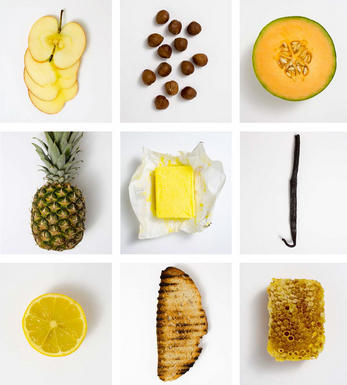
Chardonnay
Chardonnay is often seen as the king of white wine grapes and one of the most widely planted in the world It is suited to a wide variety of soils, though it excels in soils with a high limestone content as found in Champagne, Chablis, and the Côte D`Or.
Burgundy is Chardonnay's spiritual home and the best White Burgundies are dry, rich, honeyed wines with marvellous poise, elegance and balance. They are unquestionably the finest dry white wines in the world. Chardonnay plays a crucial role in the Champagne blend, providing structure and finesse, and is the sole grape in Blanc de Blancs.
It is quantitatively important in California and Australia, is widely planted in Chile and South Africa, and is the second most widely planted grape in New Zealand. In warm climates Chardonnay has a tendency to develop very high sugar levels during the final stages of ripening and this can occur at the expense of acidity. Late picking is a common problem and can result in blowsy and flabby wines that lack structure and definition.
Recently in the New World, we have seen a move towards more elegant, better- balanced and less oak-driven Chardonnays, and this is to be welcomed.


Buying options
Add to wishlist
wine at a glance
Delivery and quality guarantee